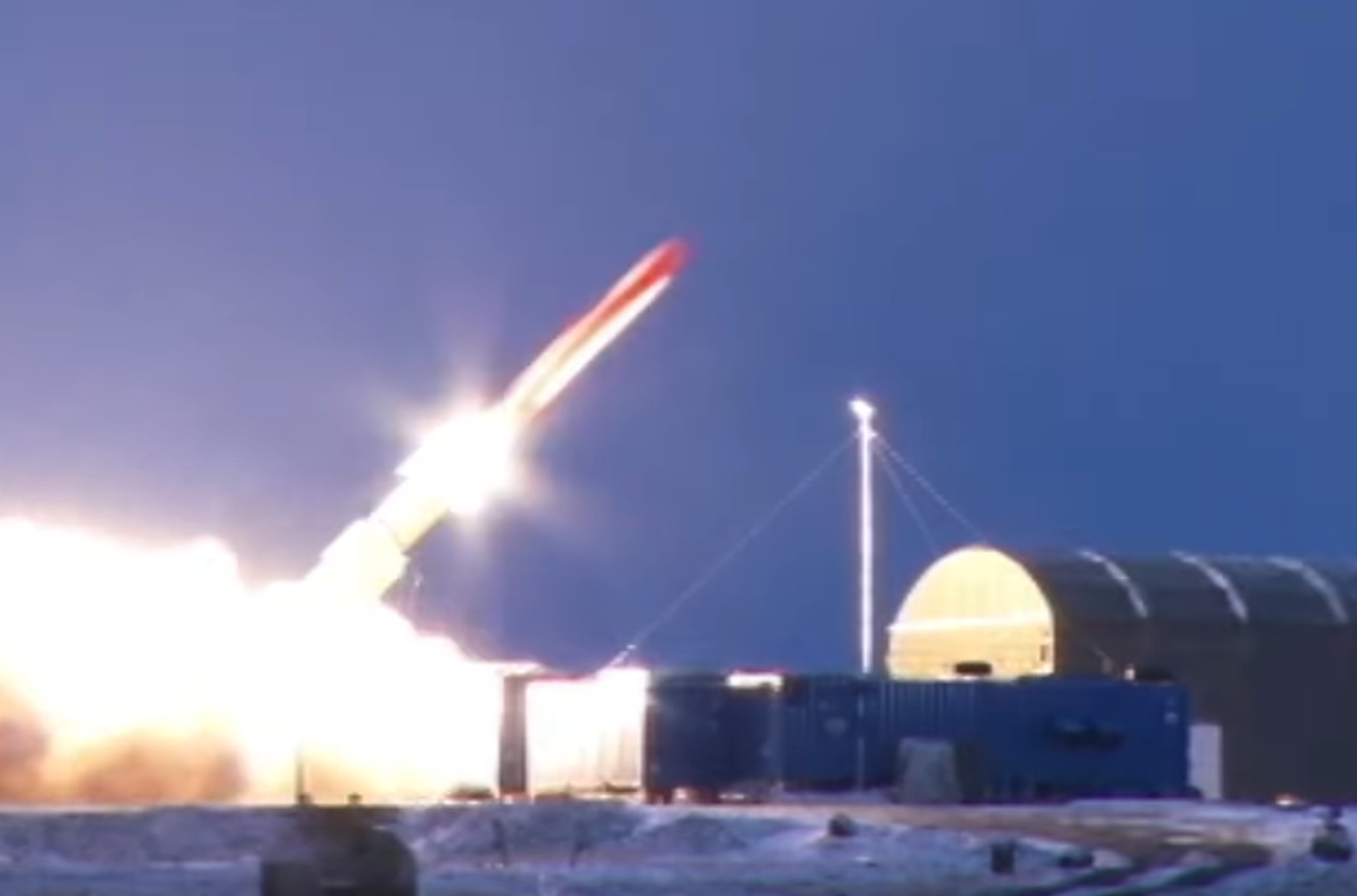
Photo: Mil.ru
On Oct. 27, Norway’s military intelligence service confirmed that last week, Russia carried out a test of the “Burevestnik” long-range cruise missile, Reuters reports. The Burevestnik is best known for the fact that it is propelled by an on-board nuclear power unit. The launch was carried from the Novaya Zemlya archipelago in the Barents Sea, in the Arctic. Previously, Russia had announced the successful test of the 9M730 Burevestnik — known to NATO as the SSC-X-9 Skyfall — but did not disclose the launch site.
According to the report that Chief of the General Staff Valery Gerasimov delivered to Putin on Oct. 21, the missile flew approximately 14,000 kilometers and remained in the air for roughly 15 hours. This is not Russia’s first attempt to test the Burevestnik. Russia has conducted at least 15 test launches, only two of which U.S. intelligence has assessed as being even partially successful. The previous test took place in 2023. At that time, Putin also declared it a success.
In August 2019, an explosion was recorded at a range near Nyonoksa, close to Severodvinsk in Russia’s Arkhangelsk region. After the blast, radiation levels in the area briefly rose. Local residents described having felt a powerful shock and seen a column of smoke. Seven specialists from Rosatom and the Defense Ministry were killed — five at the scene and two later from acute radiation sickness. Russian authorities officially said the incident involved the explosion of a liquid-fuel rocket engine with a radioisotope power source. But experts including Jeffrey Lewis of the Middlebury Institute of International Studies and Ann Pellegrino of the James Martin Center used satellite imagery and indirect data to conclude that the incident was in fact an accident that occurred during a Burevestnik test. After that disaster, Russia temporarily halted launches.
Earlier, Donald Trump commented that Putin should focus on ending the war in Ukraine instead of testing missiles. The U.S. president made the remark to reporters aboard Air Force One during a flight to Asia.